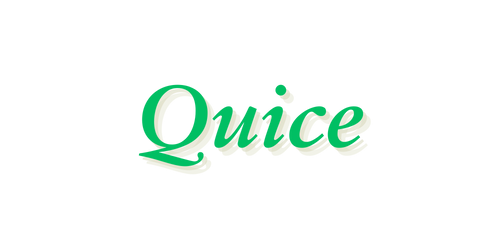The apostrophe is a small punctuation mark with a big impact in the English language. It serves several important functions, from indicating possession to forming contractions. Mastery of the can enhance clarity and precision in writing, making it a fundamental aspect of effective communication.
What is an Apostrophe?
An apostrophe is a punctuation mark that looks like this: '. It is used in a variety of contexts to convey different meanings in written text. Despite its modest appearance, it plays a crucial role in ensuring that sentences are both clear and grammatically correct.
Main Uses of the Apostrophe
- Showing Possession
The is commonly used to indicate possession, showing that something belongs to someone or something. Here’s how it works:
- Singular Nouns: For singular nouns, add an apostrophe followed by an “s” to show ownership.
- Example: Sarah’s book (The book belongs to Sarah.)
- Plural Nouns Ending in S: For plural nouns that already end in “s,” add just an after the “s.”
- Example: The teachers’ lounge (The lounge belongs to multiple teachers.)
- Plural Nouns Not Ending in S: For plural nouns that do not end in “s,” add an followed by an “s.”
- Example: Children’s toys (The toys belong to children.)
- Singular Nouns: For singular nouns, add an apostrophe followed by an “s” to show ownership.
- Forming Contractions
An apostrophe is also used to create contractions, which are shortened forms of words or phrases. In contractions, the replaces missing letters.
- Common Examples:
- Don’t (Do not)
- It’s (It is or it has)
- We’re (We are)
It’s important to note that “it’s” with an apostrophe means “it is” or “it has,” while “its” without an is the possessive form of “it.”
- Common Examples:
- Indicating Plural of Letters and Symbols
Apostrophes are used to form the plurals of letters, symbols, and numbers to avoid confusion.
- Example: Mind your p’s and q’s. (Refers to the letters p and q.)
Common Apostrophe Mistakes
- Its vs. It’s: One of the most frequent errors involves confusing “its” (possessive form of it) with “it’s” (contraction of it is or it has).
- Correct: The cat chased its tail.
- Incorrect: The cat chased it’s tail.
- Plural Possessives: Incorrectly placing an apostrophe in plural possessives is another common mistake.
- Correct: The dogs’ collars (Collars belonging to multiple dogs.)
- Incorrect: The dog’s collars (This would imply one dog owns multiple collars.)
- Apostrophes in Nouns Ending in S: For singular nouns ending in “s,” style guides vary. Some recommend adding only an apostrophe, while others suggest adding an apostrophe and “s.”
- Example: Charles’ book or Charles’s book (Both forms are used, though consistency is key.)
Conclusion
The apostrophe, though a small mark, is essential in writing for indicating possession, forming contractions, and clarifying plural forms of letters and symbols. Understanding its correct usage helps in writing clearly and avoiding common grammatical errors. Mastery of the not only enhances your writing but also ensures that your meaning is conveyed accurately and professionally.

